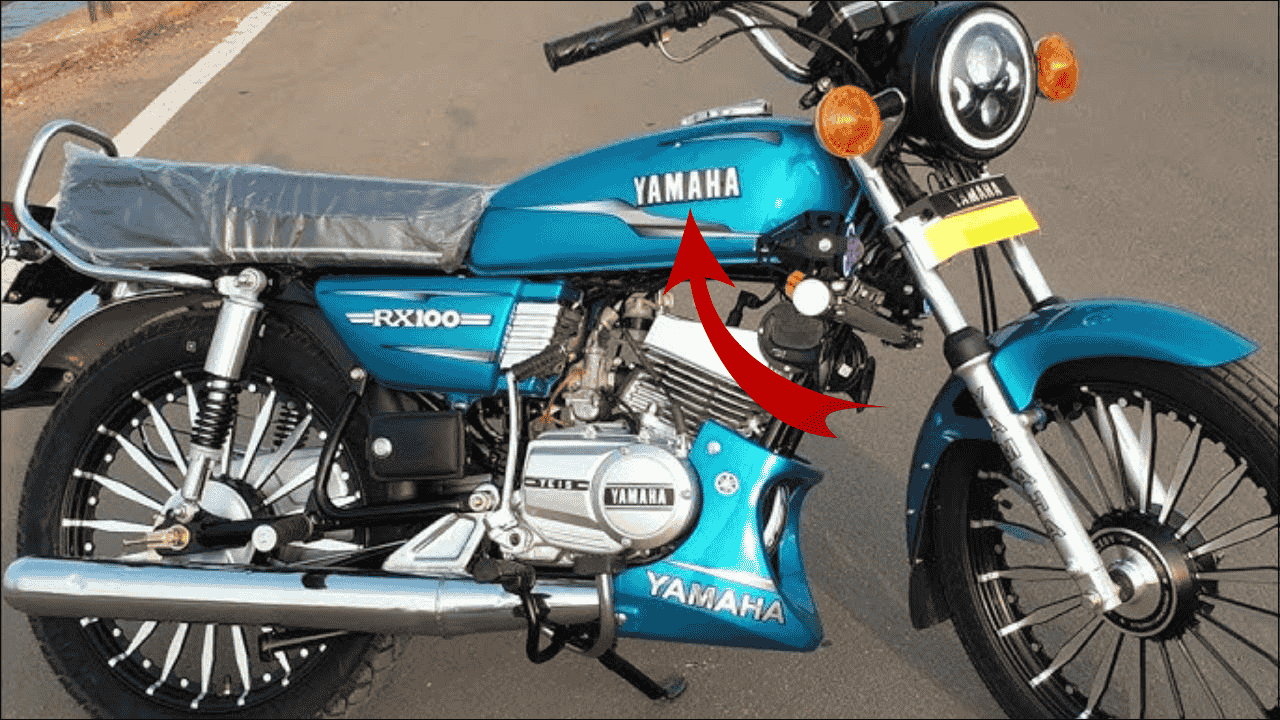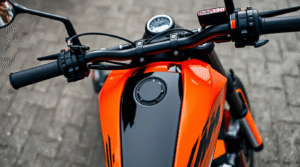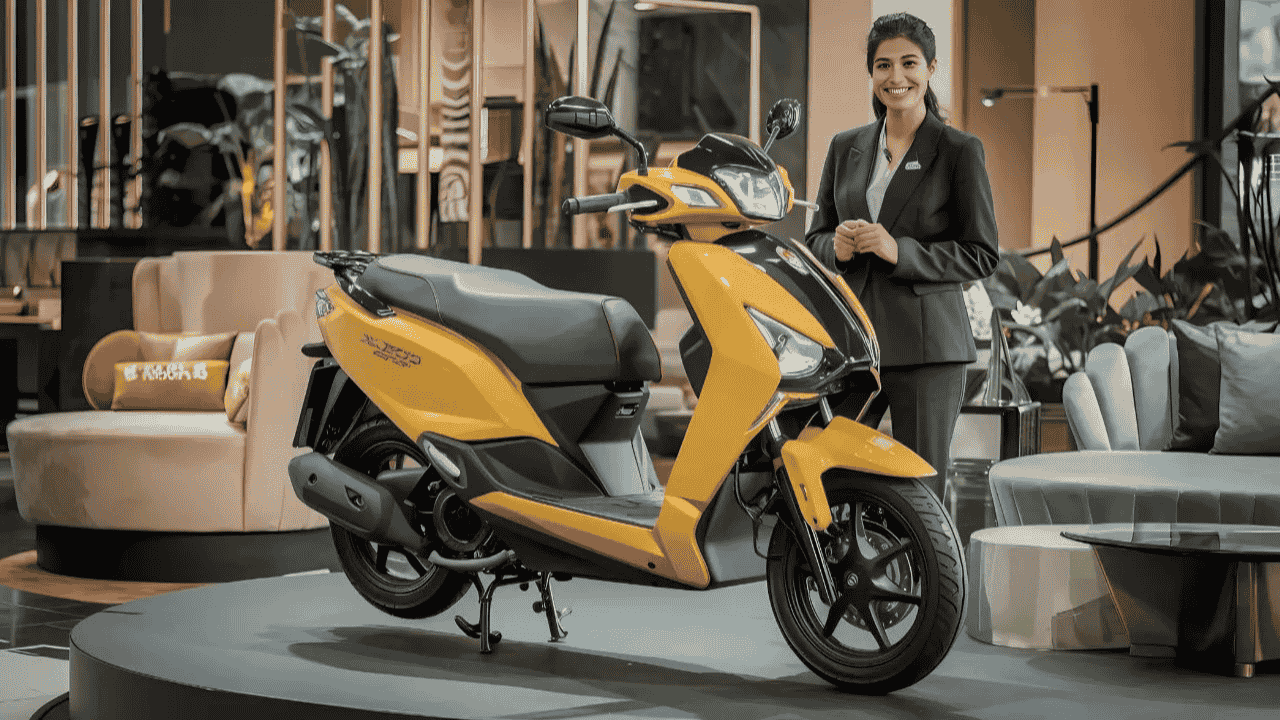Few motorcycles in India’s two-wheeled history can match the legendary status of the Yamaha RX100. Launched in 1985, this 98cc two-stroke machine quickly grew beyond the sum of its parts, becoming a cultural icon that symbolized freedom, performance, and rebellion. Long after production ceased in 1996, the RX100 continues to captivate a devoted fanbase, with many still yearning for its distinctive sound and punchy acceleration.
More than just a mode of transport, the RX100 shaped an era—and its influence continues to echo through India’s motorcycling landscape.
Breaking the Mold: India’s 1980s Motorcycle Scene
During the 1980s, most Indian motorcycles focused solely on fuel efficiency and affordability. Brands like Bajaj, Hero, and Rajdoot offered bikes that were built for commuting, not excitement. Enter the RX100: light, quick, and loud. Yamaha’s sleek, no-nonsense design and performance-first attitude caught the imagination of young riders looking for more than just economy.
This wasn’t just another commuter. The RX100 brought performance motorcycling to the mainstream, making speed accessible without breaking the bank.
Engineering That Set the Standard
Underneath its minimalist frame lay a high-revving 98cc two-stroke engine capable of producing around 11 horsepower—impressive for its time and category. It could go from 0 to 60 km/h in under 7 seconds, making it one of the fastest motorcycles in its class.
Its quick throttle response, smooth gear shifts, and lightweight chassis allowed it to carve through traffic with ease, creating a riding experience that was both exhilarating and reliable.
| Specification | Details |
|---|---|
| Engine | 98cc, 2-stroke, air-cooled |
| Power | ~11 hp |
| Transmission | 4-speed manual |
| Top Speed | ~100 km/h |
| Mileage | 35–45 km/l |
| Production Years | 1985–1996 |
The Sound That Turned Heads
A defining feature of the RX100 was its iconic exhaust note. The sharp, raspy sound of its two-stroke engine became its audio signature—recognizable from blocks away. For many, the sound was a call to ride, an unmistakable part of their youth.
To this day, it’s one of the most loved features of the RX100, making it a favorite among vintage motorcycle collectors and enthusiasts.
Built to Last: Reliability and Simplicity
While performance stole the spotlight, the RX100’s reputation for durability solidified its place in Indian garages. Its simple engineering made it easy to service and maintain, a vital factor in markets where access to advanced repair facilities was limited.
The bike could take a beating on rough Indian roads and keep going, making it a dependable companion for daily commuters and thrill-seekers alike.
The Racer’s Choice
The RX100 quickly became a favorite for street racers and custom builders. It responded well to tuning, with some modified versions delivering far more power than the stock bike. This mod-friendly nature only enhanced its street cred.
From drag strips to hill climbs, the RX100 carved out its place in India’s underground racing culture—a scene it helped to create.
A Vintage Treasure
Today, finding a clean, original RX100 is like finding gold. Classic bike enthusiasts are willing to pay a premium for well-preserved models. Restored RX100s can fetch between ₹80,000 to ₹1.5 lakh, depending on their condition, originality, and location.
This surge in demand reflects both nostalgia and the realization that few modern bikes offer the same raw, visceral riding experience.
Cultural Legacy and Modern Relevance
Beyond its mechanical merits, the RX100 became a lifestyle statement. It inspired countless young Indians to embrace motorcycling as more than a necessity. It was about speed, style, and identity.
While Yamaha has yet to confirm any official revival plans, enthusiasts continue to hope for a modern version that blends old-school character with today’s technology.
The Yamaha RX100 stands as a landmark in India’s motorcycling journey. It didn’t just redefine what a 100cc motorcycle could be—it redefined what a motorcycle could mean to a rider. Even today, its legacy roars louder than many new models on the road.
FAQs
When was the Yamaha RX100 launched in India?
It was launched in 1985 and quickly became a game-changer in the 100cc segment.
Why was production of the RX100 discontinued?
Production ended in 1996 due to stricter emission regulations, which made two-stroke engines commercially unviable.
What made the RX100’s exhaust sound so special?
Its two-stroke engine design, paired with a tuned expansion chamber, created a crisp, high-pitched exhaust note that became its signature.
Can I still buy a Yamaha RX100?
While new models are no longer available, restored and second-hand RX100s are popular in the vintage motorcycle market.
Is Yamaha planning to bring back the RX100?
There have been rumors and hints, but no official confirmation. However, the nostalgia and demand remain strong.















